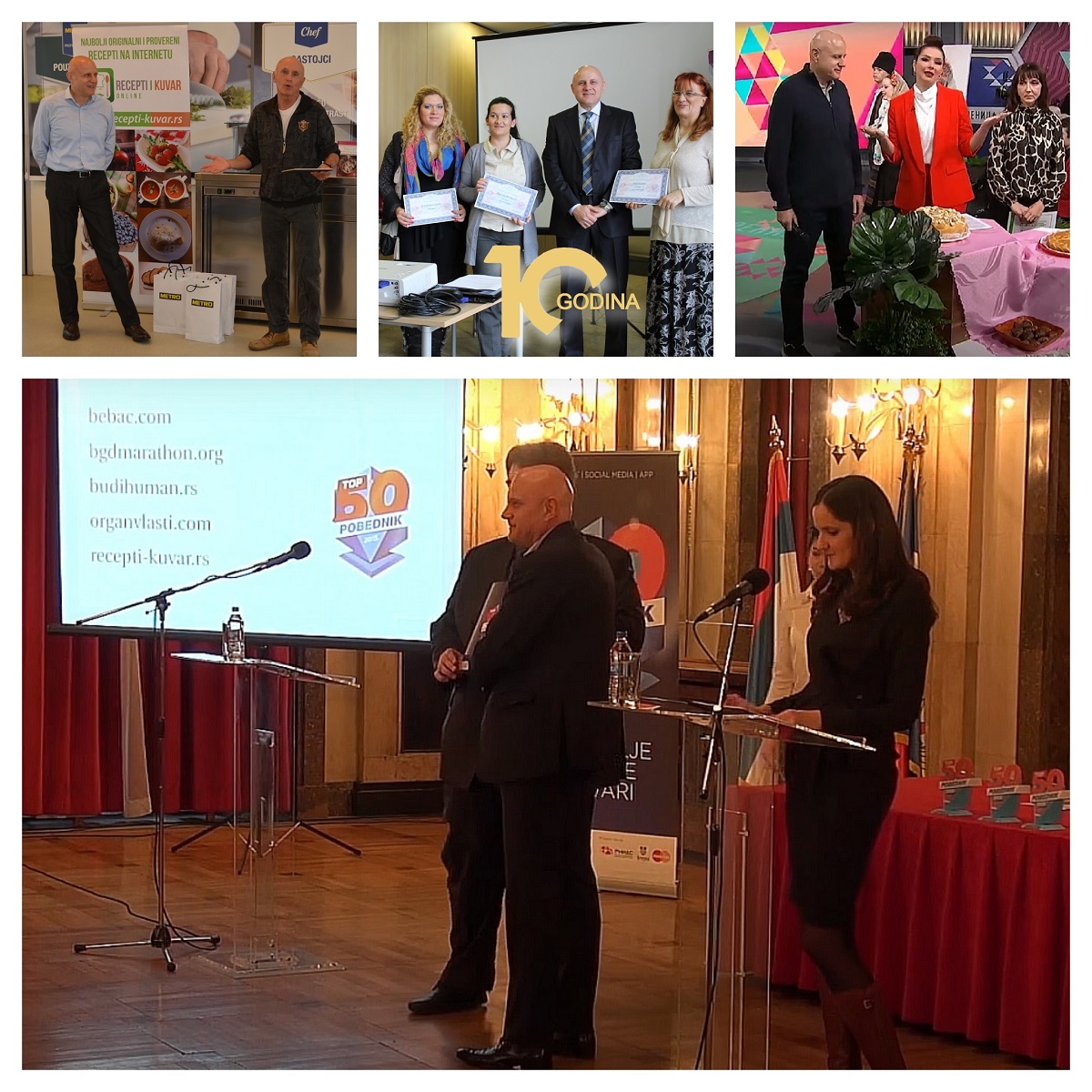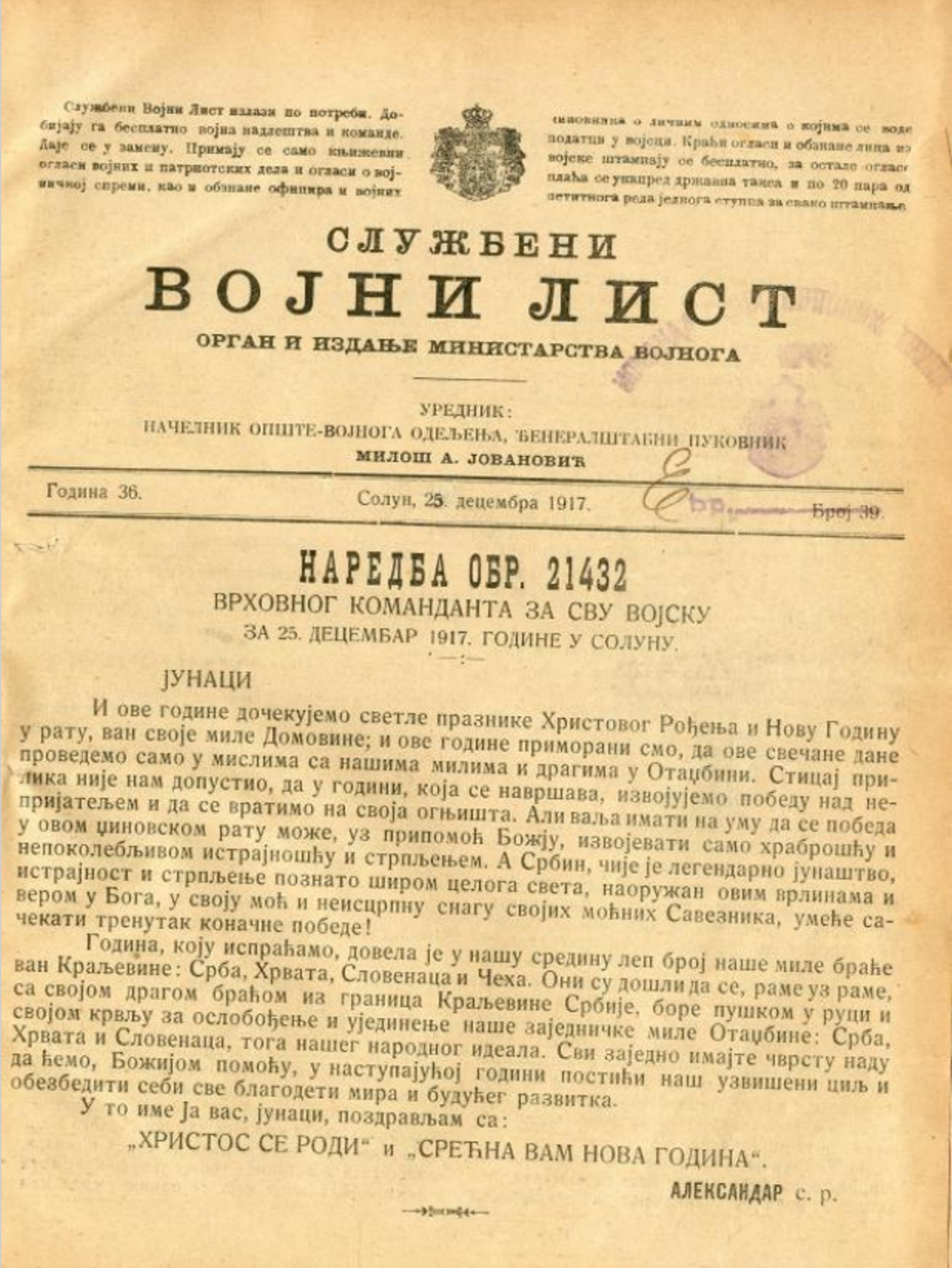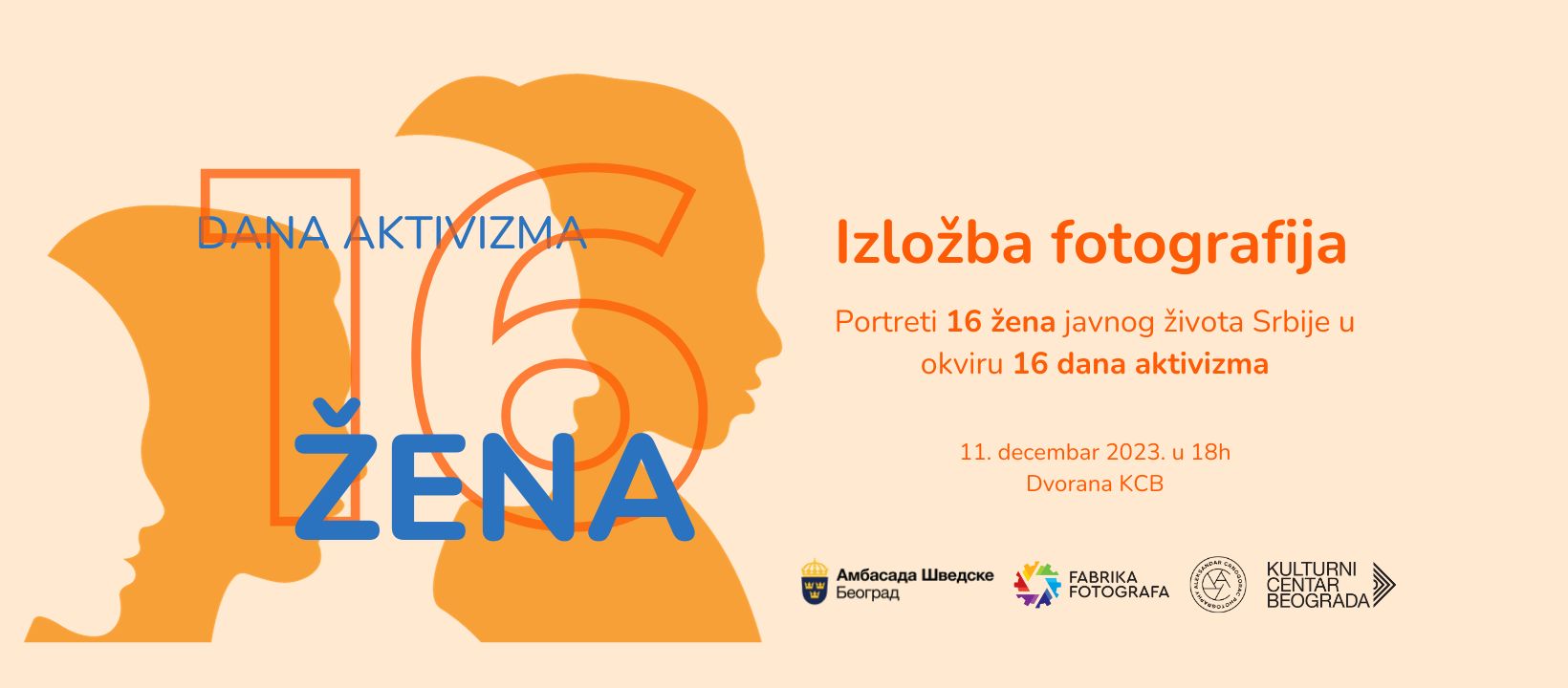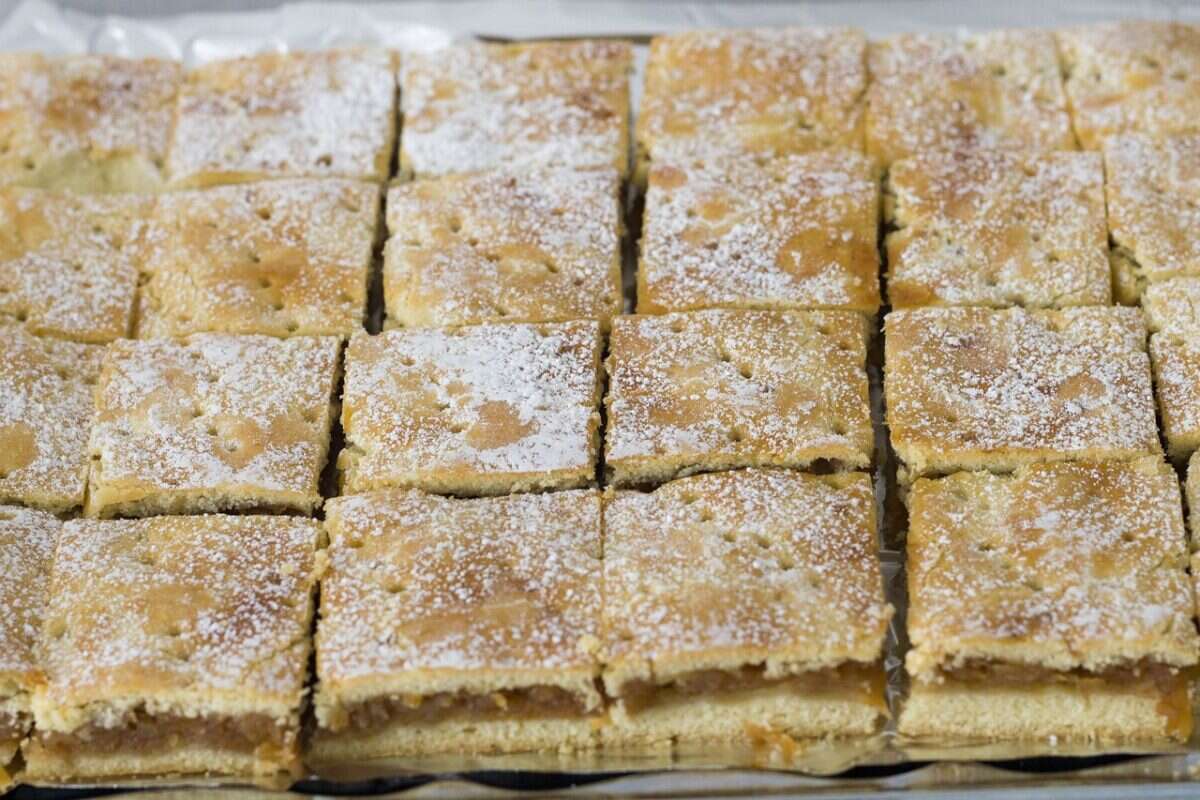Chocolate Poetry or Martin Chiffers Master Class - although we already wrote about the lecture of Mr. Martin Chiffers, the impressions are so strong and impressive, that we owe the complete story down to the smallest details. Because the lecture was, in fact, the real poetry of the Grand Master's chocolate. We owe our gratitude to our regular collaborator Kristina Gašpar for the text and detailed description. Also, thanks to Sanja Gostović blog Ultimate ingredient, for some of the photos. The text that follows is taken from the blog A hostess for you:
Martin Chiffers Master Class (Deep Diving) by Kristina Gašpar
Martin Chiffers (President Pastry Team, United Kingdom), one of the world's best confectioners, held a master class within the Belgrade candy festival "I Love my Candy".
It was a pleasure to listen to him and watch him.
As is the good old custom, I brought a notebook and a pen and tried to write down everything he told.
The weather was not in his favor.
On his Facebook profile he wrote the following:
"First time I did a chocolate demo in a tent at 33*C was fun anyway". Well, there is a first time for everything ;).
Regardless of the weather conditions, the best confectioner in the world gave his best. The sentence, the statement, that could be heard most often was: "But... It's very hot, I can do better."
During the presentation he was supported by Gary Filbey and Vic Jensen.
Martin Chiffers visited Serbia for the first time. He said that we are a hospitable people, that the food is excellent. And he especially liked brandy.
Chocolate became his profession quite by accident. As a high school student, after finishing classes, he went to his mother, who worked in an exclusive hotel, and thus "baked" his craft. And why chocolate: "Because girls love chocolate!" Martin said.
You can read more about Martin Chiffers and Gary Filbey on the Recipes & Cookbook portal.
During the master class, Martin Chiffers made a sculpture out of chocolate and showed us how to make a perfect work of art out of chocolate in a simple way, without professional tools.
The world expert took with him the chocolates he normally uses.
The world star most often mixes these two types of chocolate. He says that the difference in price is big, but that the quality is not reduced by mixing. There are also more expensive chocolates, but Martin Chiffers still chooses chocolate from Madagascar because it is always of the same quality.
I've tried both chocolates, the lower quality chocolate tastes more acceptable - it's cheaper than the other. Better quality chocolate has a higher percentage of cocoa parts and is from another part of the world. It has a stronger taste.
Martin explained to us that chocolate is like wine. Depending on where and under what conditions cocoa grows, the taste of chocolate differs. "For example, if cacao grows near a banana plantation, the chocolate will take on their flavor," explained Martin.
The taste of chocolate also depends on the way the cocoa is dried, so some chocolate can have a smoky taste.
During drying, fresh and dried (old) grains are combined in order to obtain a balance of flavors by fermenting them...
The story about chocolate and its flavors could go on forever.

Perfectly melted chocolate should look like this:
It must be smooth. If lumps or bumps appear on the surface, the chocolate is not melted enough. If you have lines on the chocolate, you have exceeded the maximum temperature for melting chocolate.
Of course, the world star means chocolate chocolate, cocoa bars and similar substitutes are not included in the discussion.
The process of melted chocolate for making figures, sculptures and various decorations is not as simple as it seems to some. None of that is a problem for the lecturer, given that he has a lot of experience and world titles behind him.
He melts chocolate in a special microwave oven or in a fountain (when he is in his kitchen). Also, Chiffers stressed, the temperature of the room where the work is done is very important. The ideal temperature is 21 degrees.
He uses a fountain that holds 25 kg of chocolate. In the evening, he turns on the fountain and puts the chocolate to melt, and in the morning he adds "fresh" chocolate and then begins the process of making his unique works of art.
When melting chocolate in the microwave, the process looks like this:
He melts the chocolate at 30-45 degrees for about 50 seconds, then mixes it.
It is advisable to stir the chocolate while melting. After mixing, reduce the temperature to 27 degrees by adding unmelted chocolate. The chocolate is heated and cooled at the same time. Usually, 2/3 of the amount is put to heat, then he adds the remaining amount, 1/3 and mixes.
It is very important that the temperature does not exceed 50 degrees so that the chocolate does not burn - in that case you will not be able to make decorations from it.
And whether the chocolate has reached the right temperature, Chiffers checks by touch - usually with his hand, and sometimes he puts it on his lips. If you get through without burning, it means that you did not overdo the temperature.
If the chocolate is not warm enough, heat the edges of the container it is in with a hair dryer to remove the paint.
During the master class, Chiffers showed us how a sculpture can be made with the help of "stick and string". To make the sculpture, he used a piece of water pipe, thinner cardboard, baking paper and duct tape. From a professional tool, it had a silicone mold for the ball.
Part of the chocolate decoration will easily come out of the plastic tube when it is clamped, because the chocolate shrinks in that case, the lecturer said. We should all know this rule - all bodies expand in heat and contract in cold.
The chocolate cooling process is accelerated by using a cold spray.
When the sculpture is made, it should be "glazed" - given a final look.
The world star uses his technique of polishing with a cold (ice) cloth. He first smears the sculpture with cocoa butter.
He also uses a variety of edible colors, matte and glossy, to "paint" his works of art.
When it comes to "make-up", there are no special rules - let your imagination run wild and that's it.
Given that Mr. Gary Filbey was Chiffers' right-hand man, he carefully observed what the demonstrator was doing and at one point he stated that in "his time" the process of melting chocolate was different.
Martin Chiffers made a chocolate rabbit worth £33.000 this year.
To make the Easter Bunny, he used a different chocolate that had 75% cocoa parts and a fruit flavor. It was a "specific" chocolate.
In his shop in Japan, on the opening day, he made 95000 chocolate petals using the piping technique. This technique of making simple flowers was invented by Chiffers. He stated that he was the first to start using the technique and that he won the first places in European competitions thanks to the use of the mentioned technique. Now this technique is used by almost everyone.
Using the mentioned technique, he demonstrated to us how to make a flower at the master class.
Making a chocolate flower (without tools)
Grease the baking paper with cocoa butter so that the petals have a shine.
He fills the pastry bag with melted chocolate and forms discs - circles on the paper, which he then "stretches" a little with a knife or toothpick, drawing lines up or down.
Then straighten the papers so that the chocolate flows, i.e. to shape the petals.
Now follows the cooling process on the semi-circular cardboard.
He joins the cooled petals with melted chocolate, which he hardens with a cold spray.
Production of plastic chocolate
Mr. Chiffers revealed to us the secret of making the so-called chocolate plastic, which is used as a modeling mass. He uses 330 g of glucose syrup and 1 kg of chocolate. Mix the ingredients together, put them in a plastic bag and squeeze out the excess fat.
Leave the mixture at room temperature overnight, then knead it to make it elastic - plastic.
He puts the pieces of plastic chocolate in a bag and shapes the petals with his hand, which he then joins - he forms a flower.
Marfin Chiffers has made sugar sculptures in the past. For the last ten years, he has been using only the chocolate technique.
Because girls still prefer chocolate to sugar.
To summarize.
Another proof that we don't always need a lot of money and professional tools to achieve the desired result, regardless of the area in question. As always, good will and love for what we do are of crucial importance.
For this post, paper, a pen, an outdated mobile phone and, of course, the help of a friend were enough for me. The results may not be perfect, but for me this was a new and unusual experience that I am happy to share with you.
I would like to thank Miodrag Ilić from the portal Recipes & Cookbook and Sanji Gostović from the blog The ultimate ingredient in the company and help with "capturing" notes and making photos during lectures.
Christina Gaspar


























